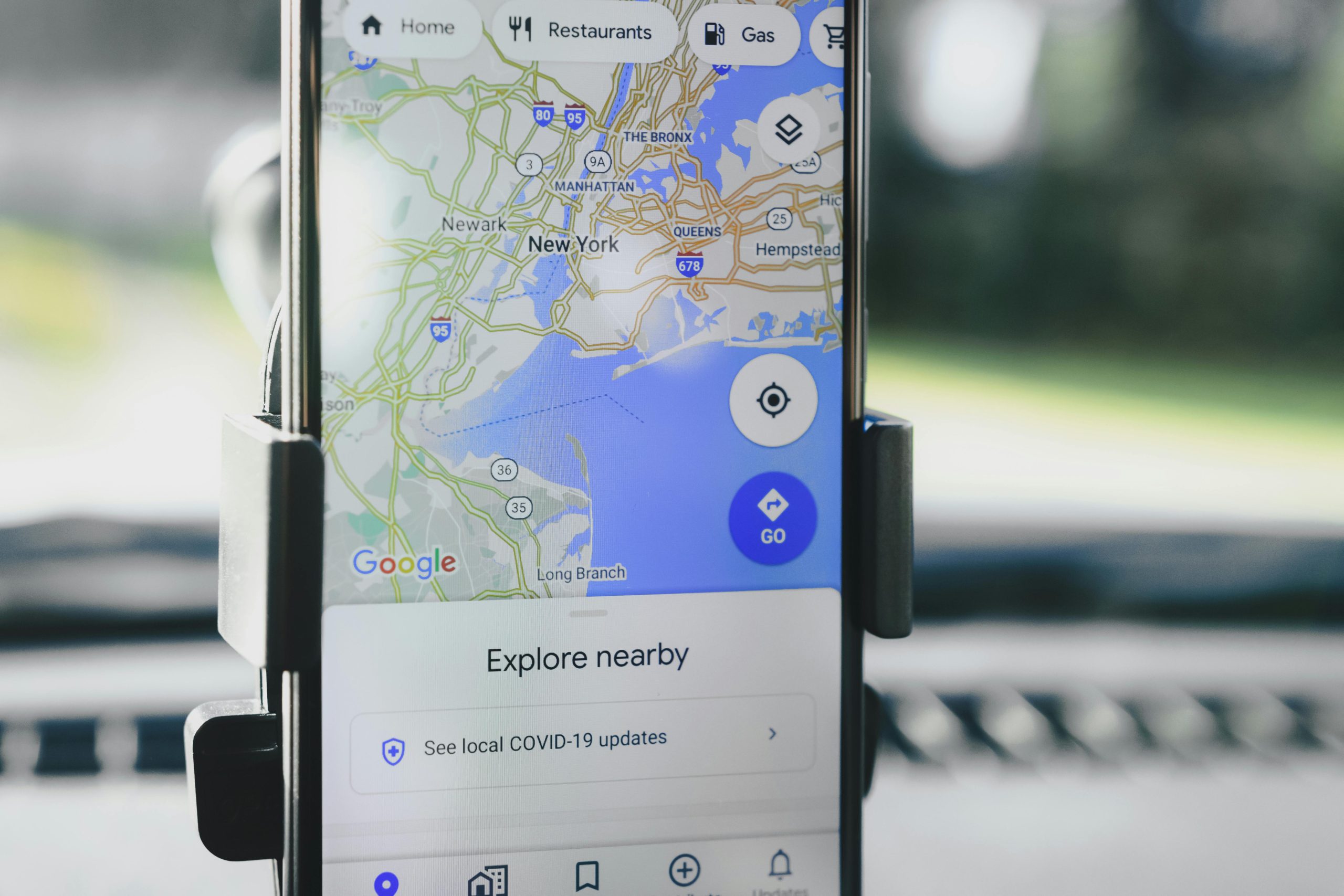Has Your Website Been Hit by a Google Update? Share Your Experiences!
Hello, dear readers!
I hope this message finds you well. Today, I’m reaching out to gather insights from those of you who have felt the impact of recent Google updates on your website traffic.
Personally, my blog faced a slight dip in February, seeing around a 10% reduction in visitors. However, the situation worsened in May when traffic plummeted by a staggering 50%. Despite these challenges, I’ve managed to bounce back rather quickly—usually within a month or so. I can’t help but wonder what factors contribute to this resilience and rapid recovery.
Conversely, I’ve come across stories of blogs experiencing drastic declines, with traffic plunging from 100,000 visits to virtually nothing. I’m truly intrigued by how this happens and would love to hear your thoughts and experiences.
Have you navigated the storm of a Google update? Share your stories and strategies in the comments below. Let’s learn from one another and explore how we can all improve our online presence!


2 responses to “Is your website suffering after a Google update?”
Hi there!
It sounds like you’ve been navigating the turbulent waters of Google algorithm updates quite effectively! The fluctuations in traffic you’re experiencing are not uncommon, especially in an environment as dynamic as search engine algorithms. Here are some insights that might help you better understand your situation and possibly equip you with strategies to maintain your blog’s resilience against future updates.
Understanding Algorithm Updates
Purpose of Updates: Google updates are primarily aimed at improving the quality of search results. These can penalize low-quality content or sites perceived as manipulative. It’s essential to stay informed about the nature of specific updates, as they can target certain aspects of SEO, such as content quality, keyword usage, or user experience.
Reasons for Drastic Changes: The drastic drops in traffic from 100k visits to 0 can often be attributed to a combination of factors:
Why Some Sites Bounce Back Quickly
Your ability to regain traffic quickly after algorithm updates could be attributed to several factors:
High-Quality Content: If your blog consistently provides valuable, well-researched, and engaging content, it naturally has an advantage. Google prioritizes helpful content because it aligns with user intent.
Strong User Engagement: Signals such as lower bounce rates, increased time on site, and higher click-through rates can help your blog stay afloat during algorithm shifts. Engaging readers through comments, social shares, and a strong community can indicate to Google that your content is valuable.
Diverse Traffic Sources: If you are not solely relying on organic search traffic, that diversity can buffer you against algorithm changes. Building an email list, utilizing social media platforms, and collaborating with other bloggers can drive traffic effectively.
Adapting Quickly: Monitoring your analytics and responding swiftly to significant traffic drops is crucial. If you identify potential areas of improvement (such as updating older posts, ensuring better on-page SEO, or enhancing site speed), your proactive measures can mitigate further losses.
Practical Steps for Future Resilience
To improve and maintain your blog’s resilience against future Google updates, consider these practical steps:
Regular Content Audits: Periodically review your blog posts to ensure they meet current standards for quality, accuracy, and relevance. Update outdated information and strengthen content that may underperform.
Build Authoritativeness: Establish yourself as an expert in your niche. Regularly contribute to discussions on forums and social media, engage with your audience, and collaborate with other authoritative voices in your field.
Focus on User Experience: Ensure your blog is user-friendly. This includes mobile optimization, fast load times, and easy navigation, which can significantly impact your rankings.
Stay Updated: Follow reliable SEO blogs and resources to stay current on trends and updates. This knowledge will help you anticipate changes and adjust your strategies accordingly.
Consider Whitelabel seo Services: If your time is constrained, you might consider working with an seo specialist or agency that can provide insights tailored specifically to your blog’s needs.
By staying proactive and informed, you can create a robust blog that not only withstands algorithm updates but thrives because of them. Best of luck with your blogging journey, and feel free to reach out if you have more questions or need support!
Warm regards!
Thank you for starting this important discussion! It’s fascinating how Google updates can have such varying impacts on websites. Your experience is a reminder of the volatile nature of SEO and how crucial it is to stay proactive.
One aspect that often gets overlooked is the importance of consistent, high-quality content and user experience. After each update, I’ve found that assessing your website’s E-A-T (Expertise, Authoritativeness, Trustworthiness) can significantly help in understanding why some sites thrive while others struggle. Prioritizing these elements can create a solid foundation for resilience against algorithm changes.
Moreover, it’s beneficial to keep an eye on your backlink profile. Sometimes, sites affected by updates have had links from low-quality sources. Regularly auditing your backlinks and ensuring their quality can protect your traffic in the long run.
I would love to hear more about the specific strategies you’ve implemented to bounce back from those dips! Have you adjusted your content strategy, or focused on a particular audience segment? Sharing these tactics could be invaluable for everyone navigating similar challenges.